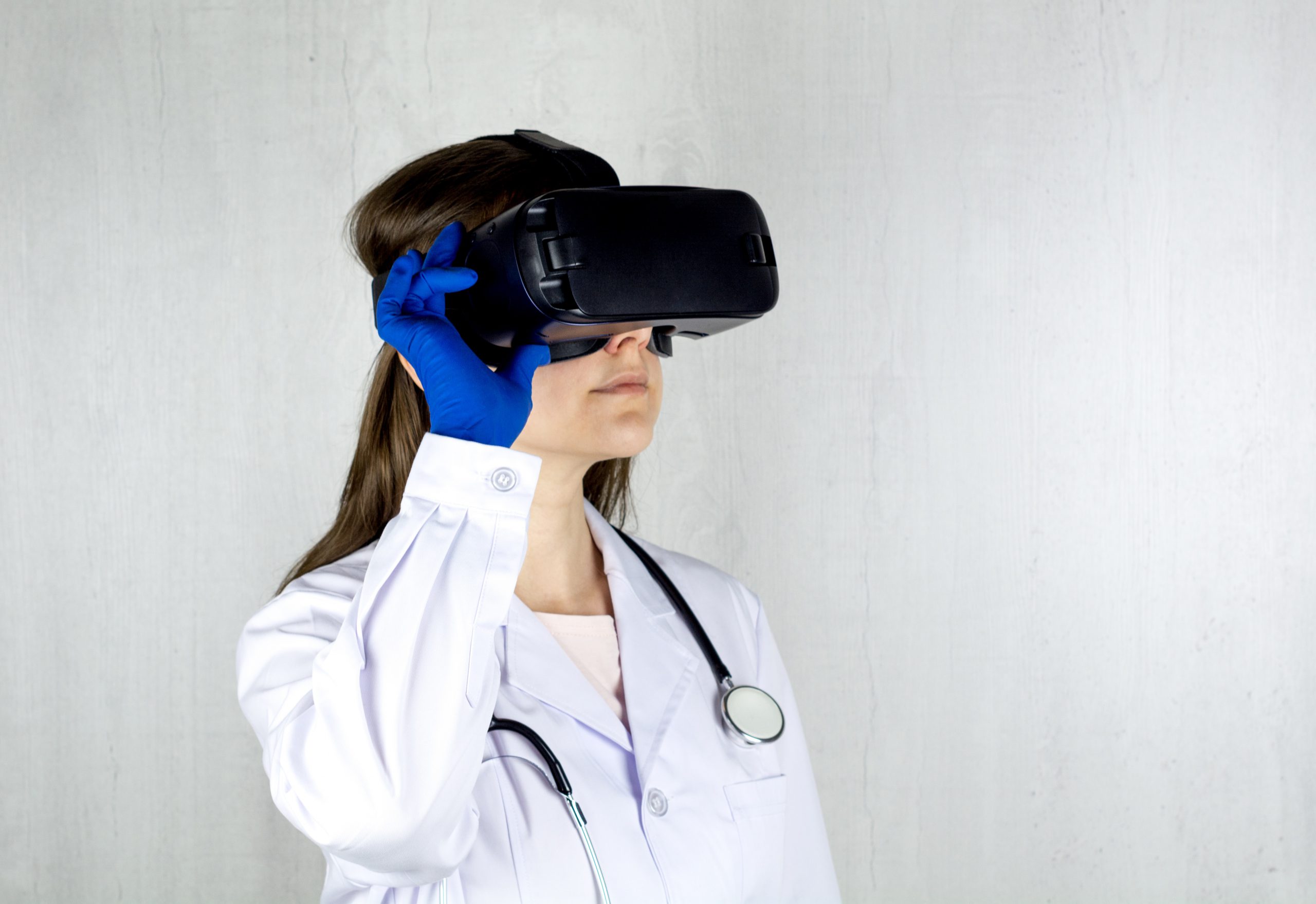The healthcare industry is always growing more advanced and innovative because of the rise of artificial intelligence (AI) solutions. Today, one of the emerging AI technologies is computer vision. This technology trains computers to replicate human eyesight and learn about the way it understands objects using artificial intelligence algorithms that process images.
At present, computer vision is widely used in healthcare in the field of radiology and imaging. It is finding increasing support among doctors because of their diagnosis of diseases and conditions from various scans, such as X-rays, MRIs, or CTs.
Computer vision aims to make a faster and more accurate diagnosis than any physician could make and is expected to be used to measure blood loss during surgery or body fat percentage of people using images taken with regular cameras. Taking advantage of it helps medical professionals make better medical decisions and provide better healthcare.
Here are some ways this technology can be applied in health monitoring:
-
More precise diagnoses
The diagnostic process is crucial in healthcare. Unfortunately, human doctors might easily miss out on various health conditions due to the sensory limitations of human bodies.
Computer vision systems can potentially be used to minimize false positives and help physicians make more accurate diagnoses. As a result, it can reduce expensive therapies and the number of redundant surgical procedures.
This technology is intended to work by training the algorithms to detect the slightest presence of a condition using a massive amount of data. Taking advantage of it can help medical professionals make diagnoses at higher levels of precision.
-
Faster health condition detection
Some illnesses can be difficult to identify with today’s technology. With computer vision, medical experts can easily detect certain health conditions faster.
For instance, physicians at Mount Sinai hospital are using an AI-powered tool for detecting acute neurological illnesses. They trained a deep neural network using almost 40,000 CT scans from across its health system to identify whether an image shows an acute neurological illness.
-
More accurate blood loss measurement during childbirth
One of the biggest causes of mortality in childbirth is postpartum hemorrhaging, which happens when a woman has heavy bleeding after giving birth. Physicians used to only guess how much blood a patient has lost during childbirth. Thankfully, with the power of computer vision, doctors can now estimate the amount of blood lost by patients during delivery more accurately and provide women with better care.
At the Orlando Health Winnie Palmer Hospital for Women and Babies, they are using computer vision to measure blood loss during childbirth. An AI-powered tool analyzes images and looks at photos of surgical sponges and suction canisters.
Conclusion
Computer vision offers assistance in different areas of medical practice and many health benefits. Currently, it helps medical professionals better diagnose their patients, monitor the progress of their diseases, and prescribe the right treatments. We can all expect to see an increasing number of medical facilities and healthcare institutions study this cutting-edge technology and learn more about their power to deliver better healthcare services in the future.
To learn more about the future of computer vision and various technologies in healthcare, explore our other healthcare news articles. We provide valuable information to healthcare professionals worldwide.


















